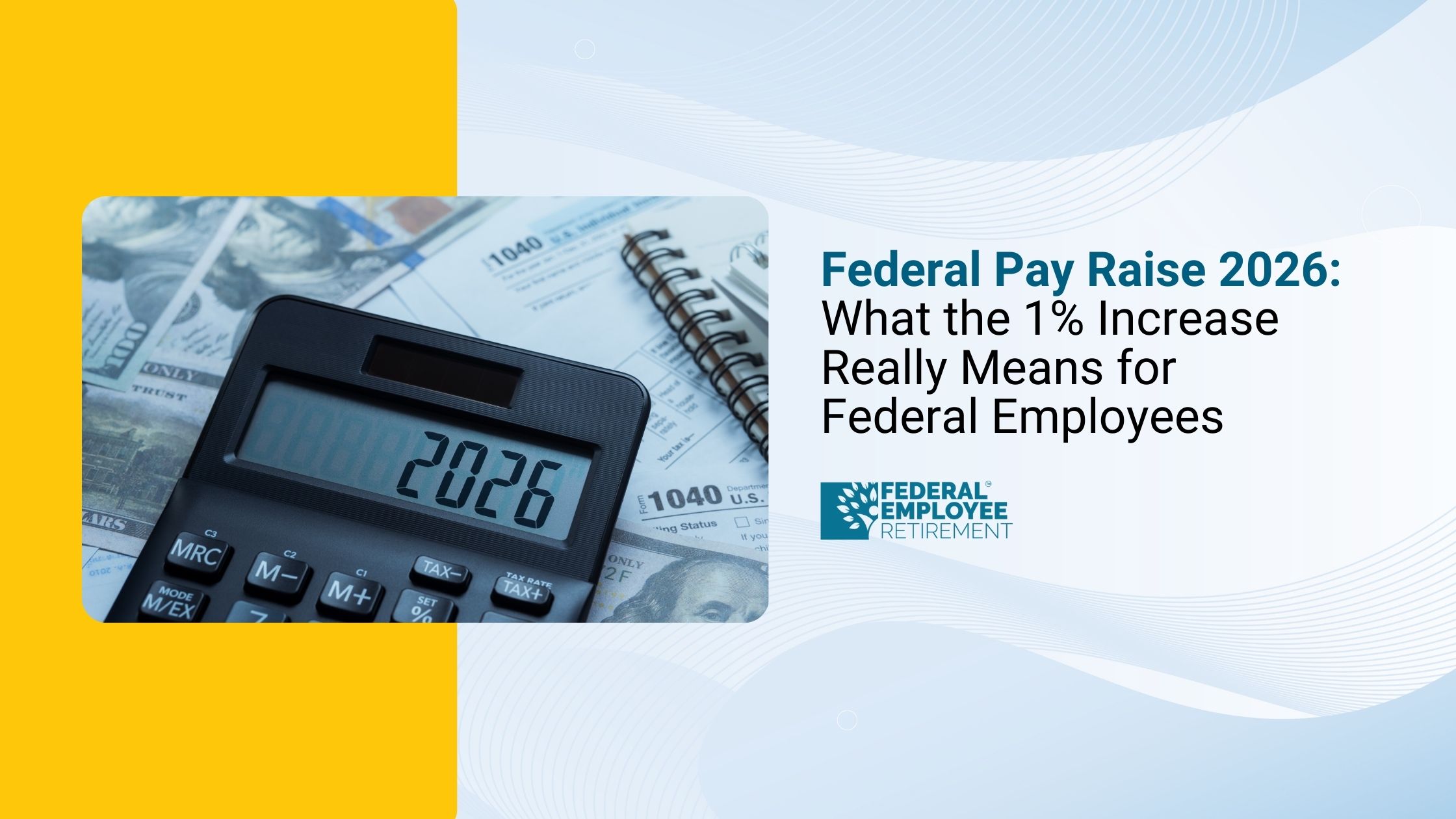You’re not alone; 4,359 federal employees booked their free review.

401 a vs 403 b: Difference And Benefits
Both 401(a) and 403(b) plans serve as retirement savings vehicles to help individuals prepare for their future.
One key difference is that a 403(b) plan typically offers greater flexibility for participants, allowing you to opt out of participation or adjust your contributions with each paycheck if you wish. In contrast, a 401(a) plan may require mandatory contributions set by your employer.
However, a notable advantage of the 401(a) plan is its significantly higher contribution limit.
What Is 401 a Plan?
A 401(a) plan is a retirement savings plan primarily available to employees of private-sector companies. It allows employees to contribute a portion of their pre-tax income to a retirement account and, in many cases, receive employer-matching contributions.
Key features of a 401(a) plan include:
- Tax-deferred growth: Contributions to a 401(a) plan are made with pre-tax income, reducing your taxable income for the current year. Investment earnings grow tax-deferred until you withdraw the funds in retirement.
- Employer matching contributions: Many employers offer matching contributions to their employees' 401(a) plans. This is a significant benefit that can boost your retirement savings.
- Investment options: 401(a) plans typically offer a variety of investment options, such as mutual funds, stocks, bonds, and annuities.
- Loan provisions: Some 401(a) plans allow participants to take loans from their accounts, subject to certain conditions and limitations.
Example of a 401(a) Plan
Let's say you work for a private company that offers a 401(a) plan. Your annual salary is $60,000, and you decide to contribute 6% of your pre-tax income to the plan. Here's how it would work:
1. Contribution amount: 6% of $60,000 = $3,600.
2. Tax savings: Assuming a 24% tax bracket, your tax savings would be $3,600 * 0.24 = $864.
3. Employer matching: If your employer matches contributions up to 3%, they would contribute $1,800 to your account.
3. Total annual contribution to your 401(a) plan: $3,600 (employee contribution) + $1,800 (employer match) = $5,400.
This $5,400 would be invested in the investment options available through your company's 401(a) plan. The investment earnings would grow tax-deferred until you withdraw the funds in retirement.
Tax Benefits of 401a Plans
Contributions to a 401(a) plan are made with pre-tax income, meaning the money you contribute is not subject to income tax in the current year, which helps reduce your taxable income and potentially lowers your overall tax bill.
Additionally, investment earnings within a 401(a) plan grow tax-deferred, allowing you to avoid taxes on gains until you withdraw the funds in retirement.
In certain cases, if you meet the requirements for a qualified retirement plan distribution, you may be able to withdraw funds tax-free, typically after reaching age 59½ and fulfilling other conditions.
Some 401(a) plans also offer the option to convert traditional contributions to Roth contributions, which can provide tax-free withdrawals in retirement, although such conversions are subject to income tax in the year they occur. Overall, the tax benefits of a 401(a) plan can be substantial, enabling you to save more for retirement while potentially reducing your overall tax burden.
Also read: 2025 irmaa brackets
401(a) Contribution Limits
In 2024, employees can make elective deferrals of up to $23,000 to their 401(a) plans. Employers can further enhance these contributions by adding up to $43,500 in "annual additions" to their employees' plans.
For employees aged 50 and older, there is an option to make additional "catch-up" contributions of up to $7,500. The maximum total contribution for the year, combining both employee and employer contributions, is capped at $69,000.
What Is a 403 b plan?
A 403(b) plan is a retirement savings plan primarily available to employees of public schools, certain tax-exempt organizations (like charities or religious institutions), and government agencies.
Choosing between a 401(a) and a 403(b) plan depends largely on your employer's organizational structure. A 403(b) plan is a tax-advantaged retirement plan designed for employees of 501(c)(3) organizations and public schools. Common organizations that typically offer 403(b) plans include public schools, 501(c)(3) tax-exempt organizations, cooperative hospital organizations, and religious institutions.
Like 401(a) plans, sponsors of 403(b) plans have the authority to establish eligibility requirements. However, the IRS typically mandates that these plans offer one of the following account types: custodial accounts that invest in mutual funds, annuity contracts with insurance companies, or retirement income accounts for employees of religious organizations that invest in annuities or mutual funds.
When comparing a 401(a) plan to a 403(b) plan, it's important to note that 403(b) plans generally provide annuity options from insurance providers, whereas 401(a) plans primarily facilitate mutual fund investments. Additionally, many colleges and universities offer appealing employer contributions for 403(b) plans.
To make an informed decision, consider your financial goals and risk tolerance. You may find one plan more suitable than the other, but it's essential to remember that not all retirement plans are created equal. If your employer offers both a 401(a) plan and a 403(b) plan, choose the one that aligns best with the investment options that fit your needs.
We are the Federal Pension Advisors. We guide you through the complexities of your 403(b) plan, ensuring you make the most of your contributions and optimize your retirement savings. Our customized approach helps you subscribe to plans, and live a secure and prosperous retirement!
Not only this but our other services like, financial planning, retirement planning, wealth management, life insurance etc, are the services of whihc you can take benefits, we connect you with the best independent federal advisors.
Our Calculators for Federal Employess
- Paycheck calculator
- TSP calculator
- FERS calculator
You can rely on our professionals for unbiased and insightful guidance throughout the process. Book a FREE COSULTATION today!
Tax Benefits of 403 b Plan
- Pre-tax contributions: Contributions to a 403(b) plan are made with pre-tax income, reducing your taxable income for the current year.
- Tax-deferred growth: Investment earnings within a 403(b) plan grow tax-deferred. This means that you don't pay taxes on the investment gains until you withdraw the funds in retirement.
- Tax-free withdrawals (in certain cases): If you meet the requirements for a qualified retirement plan distribution, you may be able to withdraw funds from your 403(b) plan tax-free. This typically applies to distributions made after you reach age 59 1/2 and meet certain other conditions.
- Early withdrawal penalty: If you withdraw funds from your 403(b) plan before reaching age 59 1/2, you will generally be subject to a 10% early withdrawal penalty in addition to ordinary income tax.
403(b) Plan Contribution Limits
In 2025, employees can contribute up to $23,000 to their 403(b) plans through elective deferrals. Employers can also enhance retirement savings by contributing an additional $43,500 in "annual additions" to their employees' plans.
For employees aged 50 and older, there is an opportunity to make additional "catch-up" contributions of up to $7,500.
The maximum total contribution, combining both employee and employer contributions, is capped at $69,000 for the year. Furthermore, employees who have worked for their employer for at least 15 years and have average annual contributions below $5,000 during that period may qualify for an extra catch-up contribution of $3,000 per year, with a lifetime cap of $15,000.
Contribution Comparison: 401(a) vs. 403(b)
403(b) vs. 401(a): Which is Better?
When considering 401(a) and 403(b) plans, there are several key differences to keep in mind. Investment options typically differ, with 401(a) plans generally offering a wider range of investment choices, while 403(b) plans may have more limited options.
Employer matching contributions are common in both plans, but the specific terms and conditions can vary. Additionally, loan provisions differ; 401(a) plans usually allow for loans from your account, whereas 403(b) plans often have more restricted loan options.
Lastly, administrative fees can vary between the two plans, making it essential to compare the costs associated with each option. Ultimately, the best choice for you will depend on your circumstances and retirement goals. If you have access to both a 401(a) and a 403(b) plan, it is wise to carefully evaluate the advantages and disadvantages of each before making a decision.


Get Updated
Subscribe to our weekly updates for the latest on retirement planning, federal benefits, exclusive webinars, and more!
Download Federal Retirement: Step-by-step Checklist
This comprehensive guide will help you understand your federal benefits, optimize your savings, and plan for a comfortable future.



.png)








